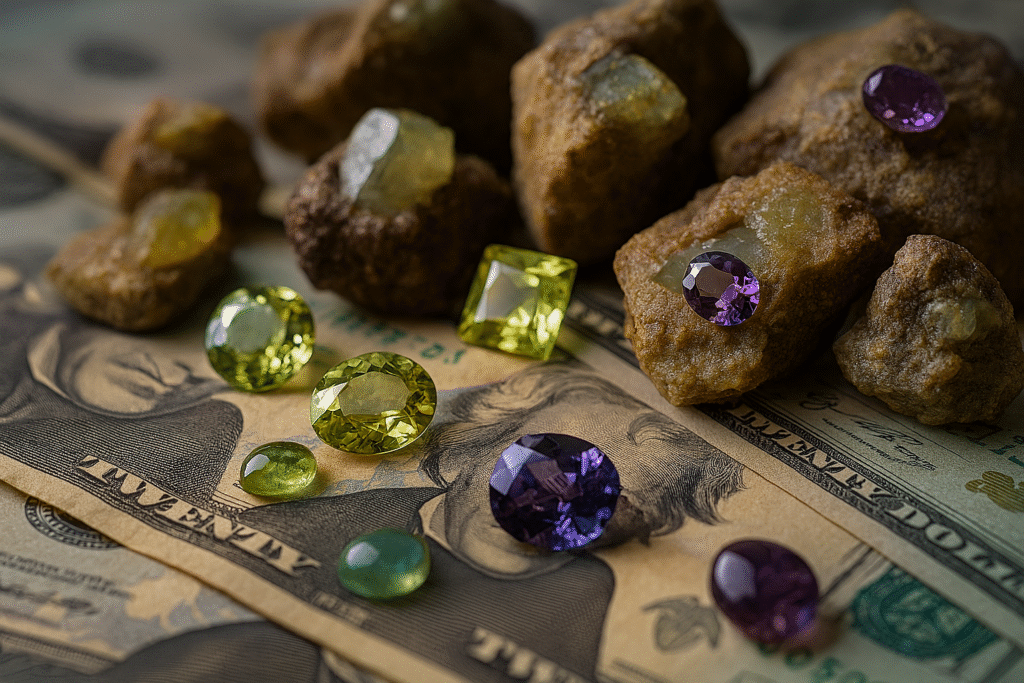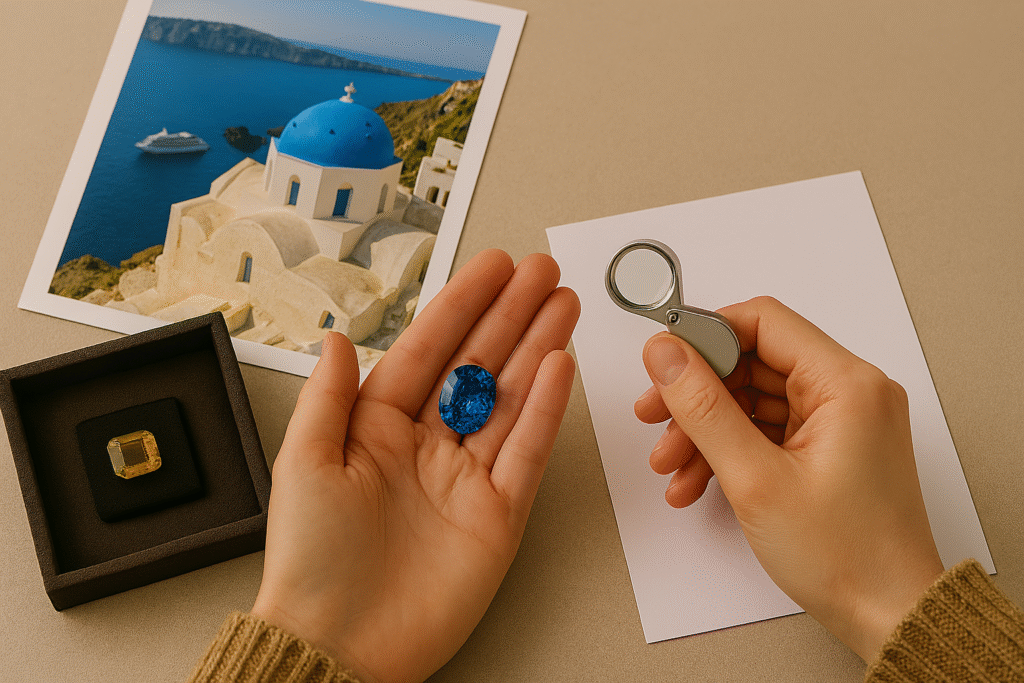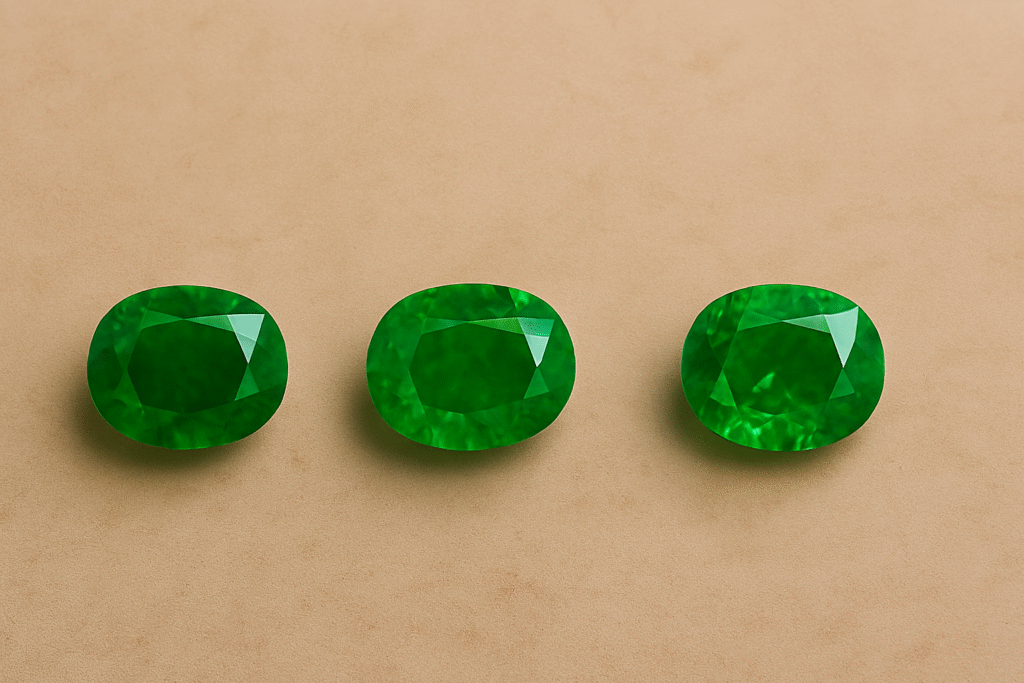Many beginners assume that all chrysoberyl is alexandrite. That’s a costly mistake.
Chrysoberyl is a gemstone family with three well-known members:
- Standard chrysoberyl – usually yellow, green, or brownish
- Cat’s eye chrysoberyl – famous for its sharp chatoyancy
- Alexandrite – rare, with a dramatic color change
Think of chrysoberyl as a family of cars. Alexandrite is the Ferrari, cat’s eye is the Porsche, and standard chrysoberyl is the solid, reliable sedan. All are valuable in their own right, but only one commands record-breaking prices.
Why Standard Chrysoberyl Matters
Standard chrysoberyl often gets overshadowed by alexandrite. Yet, it has its own beauty:
- Strong durability (excellent for daily wear)
- Bright, lively colors ranging from golden yellow to green
- More affordable pricing compared to alexandrite
Collectors value clean, well-cut stones. Jewelers prize it for rings, earrings, and pendants.
Want proof of its value? Visit markets in Sri Lanka, Brazil, and India, where standard chrysoberyl has long been traded alongside sapphires and spinels.
Alexandrite: The Rare Color-Changer
True alexandrite shows a distinct change—green in daylight, red under incandescent light. This rarity makes it one of the most expensive gems in the world.
But here’s the catch: most chrysoberyl you see in stores is not alexandrite. If a seller claims otherwise, you need to verify with:
- A trusted gemological lab report
- Careful observation under different light sources
This simple check can save you thousands.
Read more: The Telltale Signs of a Fracture-Filled Emerald or Ruby – another trap for buyers.
Cat’s Eye: The Middle Ground
Cat’s eye chrysoberyl displays a sharp line of light across the surface. This effect, called chatoyancy, makes it one of the most mystical gems in the market. In Vedic astrology, it is linked to Ketu and carries spiritual significance.
The Smart Way to Buy Chrysoberyl
When you shop, ask yourself:
- Does the stone show color change?
- Is it transparent or opaque?
- Does it display a cat’s eye effect?
Each answer places the gem in its rightful branch of the chrysoberyl family. Respect the differences, and you’ll avoid costly mistakes.
For deeper buying tips, explore:
Both will sharpen your gemstone knowledge.



